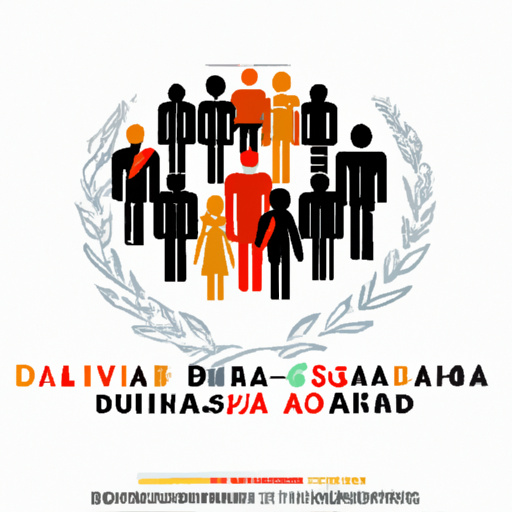The Opioid Crisis in Canada: An Untiring Battle
In recent years, Canada has been severely impacted by an ongoing opioid crisis. This crisis, rapidly escalating in all provinces including Ontario, is a challenge that requires community-wide efforts for an effective resolution. Sectors from healthcare to law enforcement are joining forces in battling this growing problem. One of these notable joint efforts is highlighted in a narrative by the Canadian Broadcasting Corporation (CBC) which discusses how emergency responders in Ontario have taken a pragmatic step towards combating this issue.
The Implications of the Opioid Crisis
Before delving deeper into possible solutions, it is essential to understand the consequences of the opioid crisis. Unfortunately, they are far-reaching, affecting various facets of society. Here are some of the severe implications:
- Increased substance abuse: The opioid crisis has led to heightened instances of substance abuse, particularly among marginalized communities, including the homeless.
- Rising crime rates: Intensifying substance addiction is also accompanied by a surge in related criminal activities such as thefts and violent altercations.
- Healthcare system strain: With an increase in opioid-related overdoses, the burden on the healthcare system has escalated, exhausting resources urgently needed elsewhere.
Response Measures to Combat The Crisis
In Ontario, just like the rest of the country, the hardships connected to the opioid crisis are severe and escalating. However, constructive measures are in place, aiming to counteract these adverse effects. One such initiative being the use of Naloxone — a medication used to counter the effects of opioid overdose — by the Windsor Fire and Rescue Services of Ontario.
Firefighters’ Frontline Response
Previously, the frontline response to opioid overdose emergencies was primarily handled by paramedics. However, the mounting pressure necessitated the involvement of other emergency services. As a consequence, firefighters in Ontario now carry Naloxone kits, placing them at the forefront of the battle against the opioid crisis. This empowerment enhances responsiveness and effectiveness to opioid-related emergencies.
Naloxone: An Emergency Lifesaver
Naloxone is a potentially lifesaving medication that reverses the effects of an opioid overdose. For first responders in Ontario and across Canada, Naloxone has proven to be an essential tool in delivering immediate emergency care. Not only does Naloxone provision by firefighters expedite response times to emergencies, but it also lessens the pressure on the paramedics and health care system.
Towards a Collective Response
This situation calls for collective action and shared responsibility. In response, different sectors in Canadian society have adopted measures to help mitigate the ongoing crisis. Legal entities are launching Canadian opioid abatement class action lawsuits, aiming to hold pharmaceutical companies accountable for their role in the opioid crisis. Public health initiatives, such as the provision of Naloxone kits to emergency responders, are being prioritized, and awareness programs aim to educate the public about the dangers of opioid abuse and misuse.
Conclusion: Keys Takeaways
While the opioid crisis continues to overwhelm different sectors in Canadian society, efforts are being mobilized to counteract its damaging effects. The distribution of Naloxone kits to Ontario firefighters is a testament to this collective resolve. While it provides immediate relief by reversing overdoses and saves lives, it also sheds light on the urgent need for more proactive, preventive measures. Ultimately, the key takeaway is that the resolution of the opioid crisis will not be achieved by any single sector but rather through collective, community-wide efforts.
